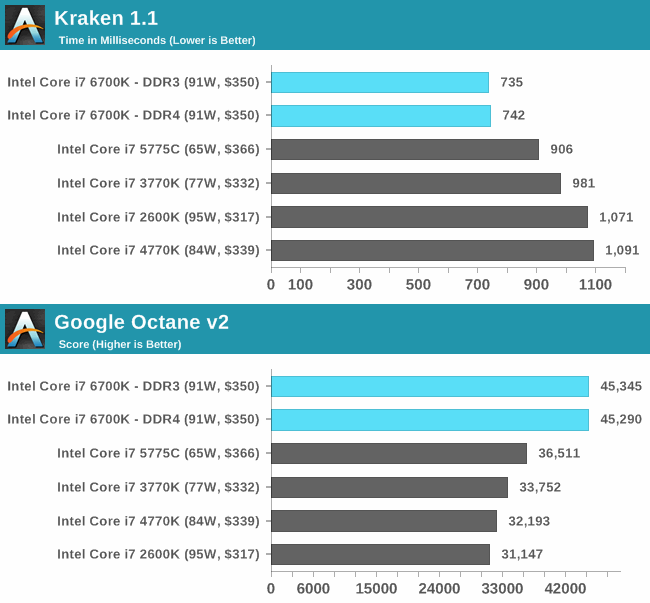You can stop typing after that sentence; it tells the complete story.
I recently mailed a Google Pixel 2 XL to a coworker in Brazil, and because I (foolishly?) marked it with actual value when I shipped it, they got rolled by Brazilian customs for $1200 dollars – more than the value of the actual device – import duties to pick it up. So I may be a little pissed at Brazil right now.
In which countries are they “plentiful”? China? Certainly not here in the US or Europe. This is equivalent to the pathetic “you forgot about Poland” counter-argument to the Iraq invasion. Hey let’s look at this August 2017 list of best 5 android budget phones, shall we? Don’t bother reading, I’ll summarize for you:
- Qualcomm Snapdragon 625
- Qualcomm Snapdragon 430
- Qualcomm Snapdragon 625
- Qualcomm Snapdragon 430
- Qualcomm Snapdragon 625
Gee, J Snell, I hope you fuckin’ like snapdragons! Because that’s all you’ll be getting.
And yet, none of them perform any better than Qualcomm, which is why they don’t use them very much. Sure, if we’re getting into ultra low end third world dreck like frickin’ Mediatek, then I guess? It’s almost like there’s a systemic hardware problem in the Android ecosystem…
Of course, we have seen a number of manufacturers attempt to provide this sort of competition in the past, before bowing out of the market. Texas Instruments’ OMAP ARM processors powered a selection of Android devices back around 2011 and 2012. More recently, Intel’s Atom processor appeared in the ASUS Zenfone 2 and Nvidia’s Tegra range has attempted to bring graphics grunt to a small selection of products.
Qualcomm’s CDMA and 4G LTE royalties ensure a steady income that’s unavailable to other smartphone SoC manufacturers.
Unfortunately we’re unlikely to see a major breakthrough from another SoC vendor any time soon, as Qualcomm’s lucrative business model provides cash for R&D and contract negotiation leverage that smaller chip companies just don’t have. Qualcomm owns patents for a number of hugely important mobile technologies. The company earns money from every phone sale, even those that don’t use a Qualcomm chip, as 3G CDMA and 4G LTE data technologies are based primarily on the company’s IP. If your phone has a CDMA or LTE modem, even one designed and manufactured by another company, Qualcomm takes a cut.
That was written in 2017, now guess what happened in 2018? Qualcomm as an evil, incompetent monopoly? I am shocked, I tell you, shocked to my very core, sir!
At least Intel was a competent monopolist, with products that were, y’know, FUCKING FAST?
You know damn well we’re talking about mobile / table here, not desktop. I’d agree there’s been tepid improvement on desktop for the last 8 years, but the desktop is wildly mature compared to mobile, which is still in “push the pedal to the metal” mode and quite exciting. Well, it is if you don’t look at Qualcomm, anyway.
Let’s look at that, shall we? How about some hot, sweet JavaScript action, because that is what this topic is about, isn’t it?
Even true of our Ruby project unit tests in fact:
tf9, high clock speed 4 core Ivy Bridge (2013) - 8:48
tf21, high clock speed 4 core Skylake (2015) - 4:54
In general Haswell and Skylake were sizable bumps to single threaded perf, certainly more than Qualcomm has ever excreted in the last 3 years.
Get back to me when you have the ability to understand the actual data I am showing you. And you’re right, things were going pretty great on the mobile performance advancement front until Qualcomm took a giant 💩 on every consumer on the planet. That deviation started around 2014. Before that point, Qualcomm was pretty competitive. Dig up the numbers yourself if you don’t believe me, but you should, because I’m right.
The Qualcomm status quo is awful, performance wise. You should be pissed, rather than shrugging and saying “oh well, I guess our best isn’t very good.” Where’s the competition? Even at their worst AMD got in the general ballpark of Intel in overall performance, and Qualcomm isn’t even close to where Apple is right now.
